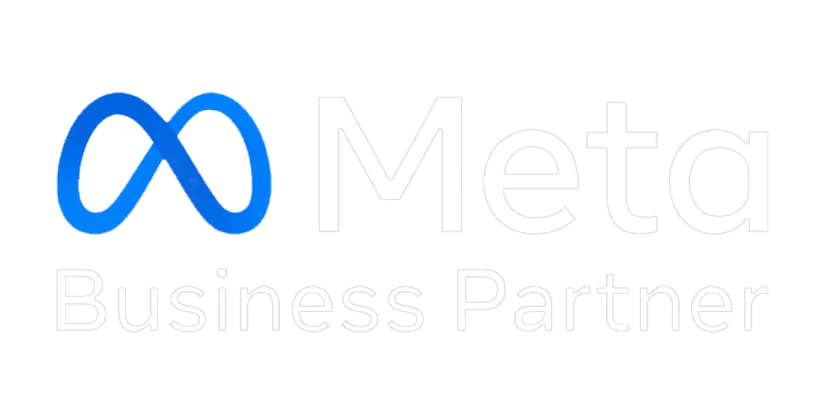Top WhatsApp Marketing Trends Every Brand Must Know

Introduction In 2025, WhatsApp marketing has evolved into a primary channel for D2C brands aiming to connect with customers at scale. With over 2 billion active users and widespread adoption of the WhatsApp Business API, brands are utilizing the platform for everything from customer service and cart recovery to personalized promotions and payments. In this blog, we’ll uncover the top WhatsApp marketing trends that are redefining the future of eCommerce and customer engagement in 2025. 1. WhatsApp Automation for Faster Customer Engagement With rising expectations for instant support, automation is no longer a nice-to-have—it’s a necessity. Brands are deploying WhatsApp chatbots to handle FAQs, process order tracking requests, and qualify leads in real time. Why it matters: 2. AI-Powered Personalization D2C brands are integrating AI and machine learning into their WhatsApp strategy to deliver hyper-personalized messages. From product suggestions to timely reminders, these systems respond intelligently to user behavior, preferences, and purchase history. Trend impact: 3. Catalog and One-Click Shopping via WhatsApp The WhatsApp Business Catalog allows users to browse and buy directly within the app. Brands can showcase products with images, pricing, and descriptions, and even integrate with one-click checkout flows. Benefits: 4. Automated Order Updates and Cart Recovery Brands are leveraging WhatsApp for transactional updates such as: These updates improve transparency and reduce WISMO (“Where Is My Order”) queries. 5. WhatsApp Retargeting and CRM Integration By connecting WhatsApp with CRMs, brands can sync customer data to run highly targeted campaigns. You can segment audiences based on behavior, location, and purchase history to retarget cold leads and improve conversions. 6. Voice Notes and Multimedia Messaging Brands are adopting rich media formats—like videos, voice notes, and PDFs—for tutorials, product launches, and welcome messages. These formats capture attention better than plain text and humanize communication. 7. Consent-Driven Marketing and Compliance WhatsApp’s 2025 policies require strict opt-in mechanisms and easy opt-outs. Brands must follow consent-first strategies to remain compliant with GDPR and India’s DPDP regulations. Key takeaway: 8. Regional and Multilingual Campaigns Brands are reaching deeper into Tier 2 and Tier 3 cities by running campaigns in regional languages such as Hindi, Tamil, Bengali, and Marathi. Multilingual marketing ensures relevance and stronger emotional connection. 9. WhatsApp Click-to-Chat Ads Meta’s Click-to-WhatsApp ads continue to rise in popularity. These ads, shown on Facebook or Instagram, open a direct chat with the brand—accelerating lead capture and real-time engagement. 10. Integration with Payment Systems With UPI integration, WhatsApp is now a complete commerce platform. Customers can: Conclusion As customer behavior evolves, WhatsApp will remain central to digital-first engagement. Brands that adopt these trends—automation, personalization, compliance, and localization—will outperform competitors by delivering faster, more relevant, and frictionless experiences. 2025 marks a turning point in WhatsApp’s transformation from a messaging app into a full-fledged commerce and customer engagement engine. FAQs What are the top WhatsApp marketing trends in 2025? The leading trends include automation, AI-driven personalization, WhatsApp catalogs, CRM retargeting, multilingual messaging, and payment integrations. How can D2C brands benefit from WhatsApp marketing? WhatsApp enables brands to automate support, recover abandoned carts, personalize outreach, and boost repeat purchases, all while maintaining real-time interaction. Is WhatsApp marketing better than email marketing? WhatsApp campaigns often see significantly higher open and response rates than email, making it ideal for mobile-first, time-sensitive, and conversational engagement. Are WhatsApp campaigns GDPR and DPDP compliant? Yes—if brands follow opt-in requirements, provide clear consent, and offer opt-out options, they can remain compliant with both GDPR and India’s Data Protection Bill.













